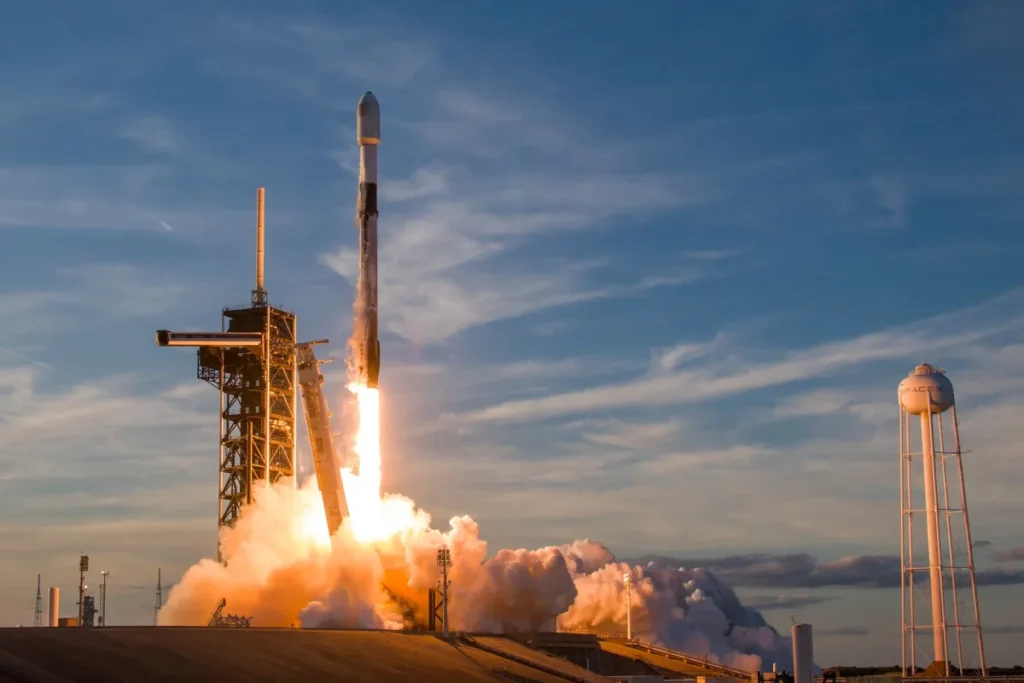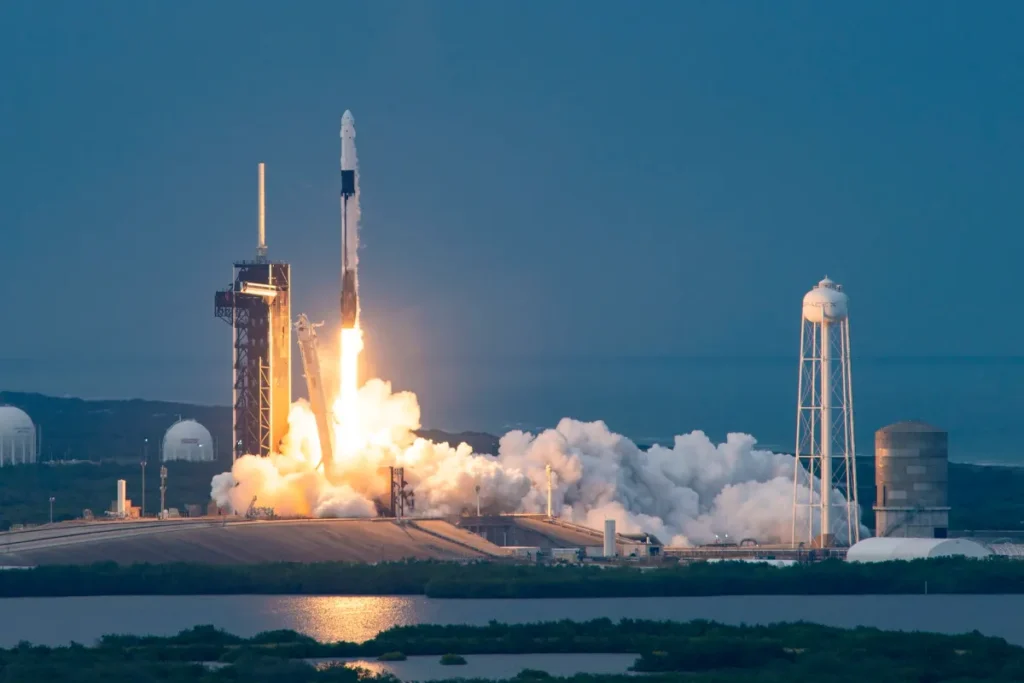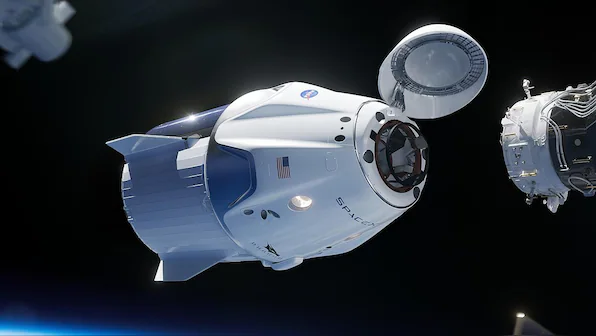SpaceX Executes Doubleheader Triumph: Launches EarthCARE Satellite Among Star-Studded Missions

SpaceX orchestrated a remarkable doubleheader today (May 28), propelling a cutting-edge Earth-observation mission into space.
At 6:20 p.m. EDT (2220 GMT), a Falcon 9 rocket soared skyward from Vandenberg Space Force Base in California, carrying the Earth Cloud Aerosol and Radiation Explorer satellite, affectionately known as EarthCARE. This launch marked SpaceX’s second triumph of the day, following the deployment of a cluster of Starlink internet satellites from Cape Canaveral Space Force Station in Florida earlier in the morning.

Today’s launch of the Earth Cloud Aerosol and Radiation Explorer (EarthCARE) satellite by SpaceX represents a significant leap forward in our ability to understand and monitor Earth’s climate system. EarthCARE’s primary objective is to study the intricate interactions between clouds, aerosols, and radiation, which are fundamental processes governing Earth’s climate.
Clouds and aerosols play pivotal roles in regulating Earth’s energy balance. Clouds reflect incoming solar radiation back into space, exerting a cooling effect on the planet’s surface. On the other hand, aerosols—tiny particles suspended in the atmosphere—can either scatter or absorb sunlight, influencing the amount of radiation that reaches Earth’s surface. Additionally, aerosols can serve as nuclei for cloud droplets, affecting cloud formation and properties.

By comprehensively studying these phenomena from space, EarthCARE aims to address critical questions about our planet’s climate dynamics. The satellite’s suite of instruments includes:
- Atmospheric Lidar: This instrument employs pulsed laser beams to measure the vertical distribution of clouds and aerosols with high precision. By probing the composition and structure of these atmospheric constituents, lidar data will enhance our understanding of their roles in climate processes.
- Cloud-Profiling Radar: This radar system provides detailed information about cloud properties, such as their vertical structure, motion, and dynamics. By characterizing cloud morphology and behavior, the radar enables scientists to unravel the complexities of cloud processes and their impact on weather and climate.
- Broadband Radiometer: This instrument measures solar radiation and infrared radiation emitted by Earth’s surface. By quantifying the energy budget at the top of the atmosphere, the radiometer helps scientists assess the net effect of clouds and aerosols on Earth’s radiation balance.
- Multispectral Imager: This imaging system captures data across multiple spectral bands, allowing for the discrimination of different types of clouds and aerosols. By analyzing the spectral signatures of atmospheric constituents, the imager provides valuable insights into their properties and distributions.

EarthCARE’s observations will not only advance our scientific understanding of Earth’s climate system but also have practical implications for climate modeling, weather forecasting, and environmental monitoring. By improving the accuracy of cloud and aerosol models, EarthCARE data will enhance our ability to predict climate variability, extreme weather events, and air quality conditions.
Moreover, EarthCARE’s collaborative approach, involving partnerships between the European Space Agency (ESA) and the Japan Aerospace Exploration Agency (JAXA), underscores the importance of international cooperation in addressing global challenges such as climate change.

In summary, EarthCARE represents a crucial step forward in Earth observation science, providing essential data to inform climate policy, mitigate environmental risks, and safeguard the future of our planet.




